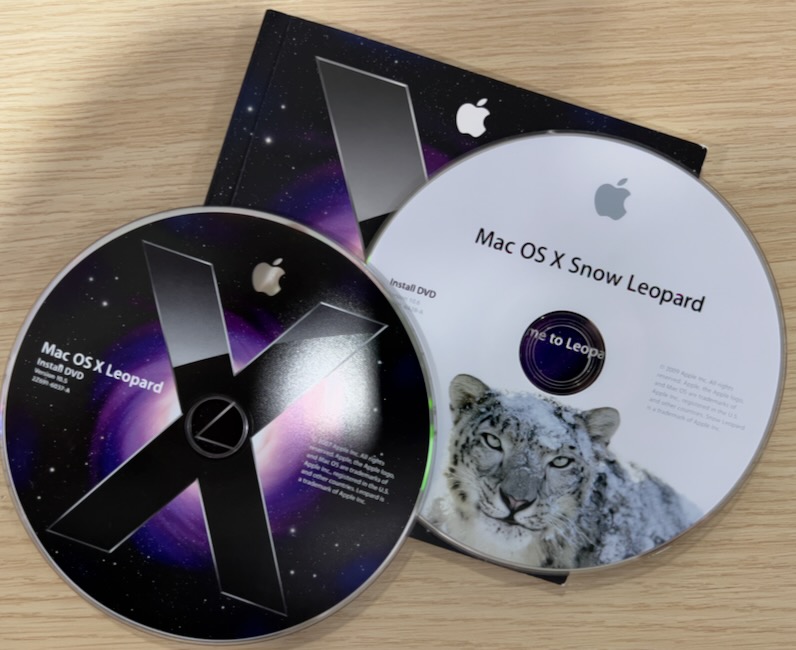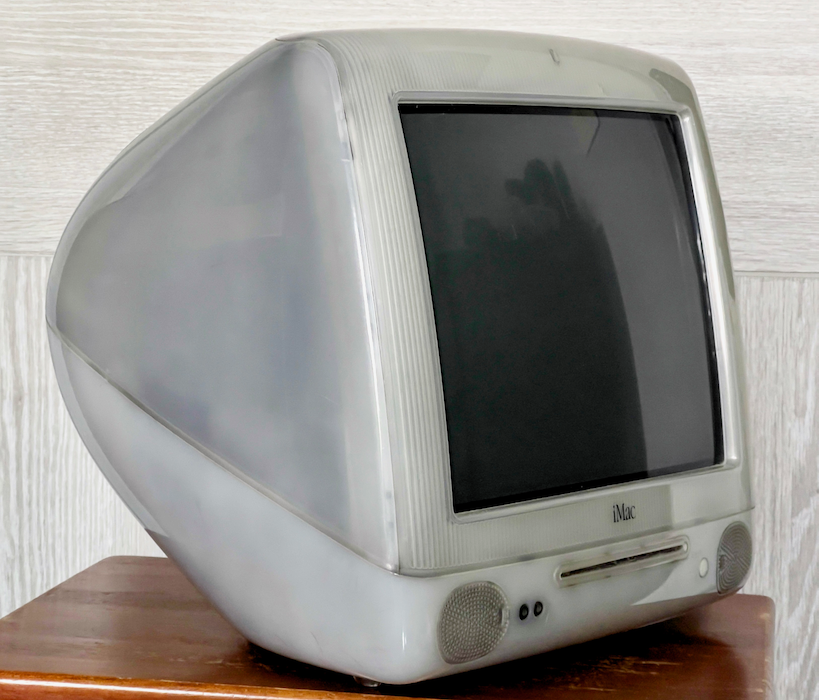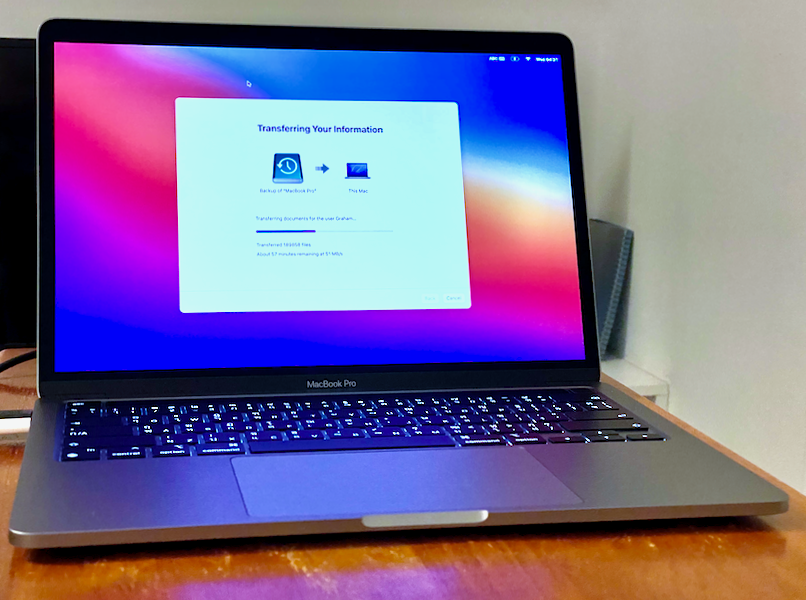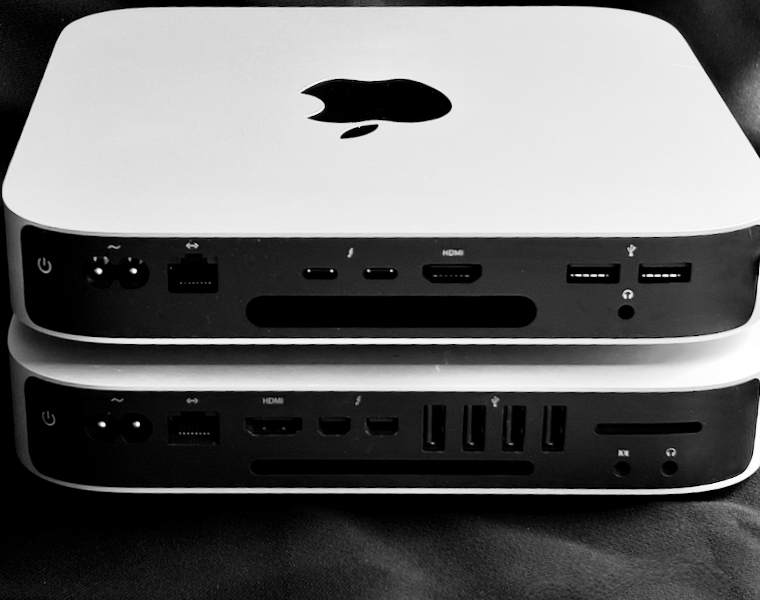
eXtensions - Wednesday 10 May 2023
By Graham K. Rogers

Former Apple cloud executive, Mike Abbott, is moving to GM for their CarPlay-less software services unit. It is expected that Apple operating systems on mobiles, Macs and other devices will be updated next week. Apple will release versions of Final Cut Pro and Logic for the iPad: subscription only. Tracking macOS releases can be complex, but Howard Oakley (Eclectic Light Company) has a new resource to help. Did all the best viruses come from Bulgaria? AMD leapfrogs the base Apple M2 chip: for now.
I made some observations in the Monday Comments text about the decision by General Motors (GM) to remove Apple Car Play and the Android option from their cars in favor of a home-brewed system that is perhaps more about collecting user data: information is power. And money. I was pleased to see this week that The Macalope had similar views on the slippery slope that GM is taking, with suitable comments also about the saner approach of Ford (Apple and Android is what the customers want).
The next morning when checking the news I saw that a former Apple exec, Mike Abbott who was formerly in charge of the cloud division (Hartley Charlton, Apple Rumors) was on the way, perhaps to rescue GM (but maybe not) by taking charge of a new software unit at GM which will include information and digital technology, software-defined vehicle and operating systems, and the company's digital business. Jonny Evans at AppleMust has some useful comments on this appointment and thinks that this is "far more reflective of some of the other big trends currently accelerating down the road of the auto industry."

The car is turning into a service as he notes, with Tesla and BMW among others unlocking already-installed features for a fee. A move to subscriptions will keep the cash flowing. Evans thinks that "Abbott's job will be to reconfigure GM's in-car software systems to grab as big a slice of those in-car billions as the company can." As long as all the customers have not moved to Ford and its CarPlay option.
Apple has announced that next week there will be updates to iOS (15.5), iPadOS (16.5) and WatchOS (Christian Zibreg, iDownloadBlog). Juli Clover also notes that Apple has just sent out the release candidate for Ventura 13.4, which suggests that will be available for users about the same time. Juli Clover also reports on the release candidate for tvOS (16.5) that is now available. There will probably be several updates next week, so make sure all your data is backed up. Installing Apple updates has been fairly reliable over the last few years, but there is always a risk from outside sources (e.g. power cuts) so it is as well to be ready.
 A number of sites have reported that Apple is to release Final Cut Pro and Logic for the iPad, but there is a major change in the way the software is to be distributed: subscription. Instead of something like $299 that is the fee for Final Cut Pro on the Mac (with lower prices for education) the fee for the iPad version is to be $4.99 a month or $49 for the year. As Oliver Haslam (iMore) explains that this is "terrific and terrible". It will help several users who would balk at the almost $300 price, but after a while (just over 6 years by my calculations) the users would pay more than for an outright purchase.
A number of sites have reported that Apple is to release Final Cut Pro and Logic for the iPad, but there is a major change in the way the software is to be distributed: subscription. Instead of something like $299 that is the fee for Final Cut Pro on the Mac (with lower prices for education) the fee for the iPad version is to be $4.99 a month or $49 for the year. As Oliver Haslam (iMore) explains that this is "terrific and terrible". It will help several users who would balk at the almost $300 price, but after a while (just over 6 years by my calculations) the users would pay more than for an outright purchase.
Haslam is right on the advantages for some users and long term costs, although the real world does not always work out like that. Some developers will stop developing an application and release a new super-version that needs a new purchase: one of the reasons I stopped using one developer's rather good photo-editing software (that and the over use of AI tricks). Apple does this rarely, although I did buy three different versions of Aperture (disk and downloads) before that ceased to be supported; and Final Cut has seen several major changes over the years.
While we are on video, the Mac has had the QuickTime application for years although it seems rarely used. When running online classes this was a useful tool to record the screen and video feed although it had to be set up in the right order. Ankur Thakur (iDownloadBlog) has a run through several of the features of QuickTime and shows how versatile this is. The title tells us there are 17 features, but the article has a list containing 18 (there is a bonus).
I have been running Ventura for a while on my MacBook Pro. This could not be installed on the old Mac mini (2014), so it was time to update to the M1-equipped version. I have used OS X and macOS since version 10.1 so have seen a lot of updates. When 10.2, Jaguar arrived here, that was a special event in Siam Discovery when the disks were put on sale (6,000 baht then) at 6pm. That also happened with 10.3 Panther and 10.4 Tiger. I used to rush home, load the new version and check it out. With 10.5 Leopard, Apple had moved away from the larger boxes (I still have these) and there was no event, indeed the disks did not arrive until Saturday lunchtime. I think Snow Leopard just appeared on the shelves.

Even with the boxes it was hard to keep track, while the updates delivered through slow modems might take a long while to download, even if the connection was stable. Since the Apple Store and now System Settings have been the main delivery vectors, there have been many more updates. I usually take my information from early morning emails sent out by hoakley (Howard Oakley) whose Eclectic Light Company site is well worth bookmarking for the technical information available.
This week he has added to this resource with "a detailed listing of all updates to macOS over the last four years and more, with links to full information about each. These include regular updates, security updates, and Supplemental Updates." As well as the information on macOS that he puts out daily, he also produces several articles a week on Art: well worth following.
I did take part in the beta testing of iOS and MacOS for a couple of years. As I was also writing on Apple things for the Bangkok Post I took particularly note of the warning in the agreement about not divulging information and kept rigidly to that. I did use some of the information to help me write outlines of System Preferences, but never put any of that online until after the relevant version of macOS was released, giving myself some time to recheck the release version. I was a bit annoyed when other writers did release details. Apple never did anything to them.
Last week, I saw a note on MacRumors (Juli Clover) concerning a beta release of Ventura 13.4 that apparently had "some issues with content filtering apps like Little Snitch, Radio Silence, and others". Surely the reason for beta releases and testing is to find out what problems exist. When they are reported to Apple through the Developer system, the probability is that, once Apple is notified of the problem, a fix will be coded. If it were the public release of an update, that would be a different matter. Reporting a problem (not Ms Clover - just the messenger here) with a beta that will probably not be in the final release does no one much good.

I mentioned last time, when discussing the announcement of the Mac, 25 years ago, about the unavailability of most software in Thailand in the late 1980s. This created a lively pirate software industry and the outrage of software companies (there were few individual developers then) was misplaced. By not allowing their software to be available legally, other avenues were used. Users bought the computers and needed the software to make them work. An unfortunate side-effect of this was the way computer viruses were spread here: easily.
There was an interesting article this week in the Guardian (Scott J. Shapiro) on the early viruses that were written in Bulgaria (no copyright there) and some of the personalities involved. It does not provide much concrete information, but is useful for the background. We are told that this is "an edited extract from Fancy Bear Goes Phishing: The Dark History of the Information Age, in Five Extraordinary Hacks, published by Allen Lane on 23 May."
Most virus checkers use signatures: core information that is used to identify the specific virus. The problem is that you cannot record a signature until a virus has been found and that means someone has to experience their computer being infected. A local developer here came up with VC (Victor Charlie) anti-virus software that used checksums (a number that uses the sum of the correct digits in a file). This was quite effective. From memory, the user would have a digital snapshot of the disk and if the OS or an application changed, that would set off an alarm. The VC disk also had a sterile boot sector as that was where most infections would be and it was a relatively simple matter to copy over the clean version.
With the vastly more complex systems we use now this would not work. Despite what many write, I still say there are no viruses for the Mac: a self-replicating and self-installing program. There are however other forms of malware like the Trojan horse (invite the enemy in), Ransomware, key-loggers, spyware, phishing and other attack software, most of which have to gain entry to the computer. This is more likely to be from downloaded files these days, although some developers of security software (spyware) have managed to gain access through messaging.
A common attack method is through an email link that appears to be a warning about a problem that must be attended to right away. Messages from PayPal, eBay, Amazon and certain banks are common in this area, although the named companies are not at fault. I sometimes also have messages that purport to come from Apple, but they are easy to spot. Like credit card companies, Apple does not write directly to users in this way.
If I am sent a message like this, I will use the View menu in Mail and look at the raw source. It is usually fairly easy to see a couple of links in the content that could not be connected to the alleged sender. The IP numbers are also worth checking (I use Whois and Traceroute in Terminal to give a better picture of who might have sent the mail): east European addresses are a giveaway.

I have been quite pleased with the performance of the two devices I have with the M1 chip. I almost bought the iPad Pro with the M2 but the release of Ventura changed the priority to a new Mac mini. As expected the M2 was a bit better than the M1 and that was better than almost all Intel chips apart from the top of the line. Several chip makers were galvanized into action by the arrival of Apple silicon and it was no surprise to see, in this leapfrogging industry, that the latest AMD chip for laptops, "is so good that it can best the base Apple M2" (Oliver Haslam, iMore). Well, of course it does. AMD has had almost 3 years to put that together.

Also commenting on the release of the AMD Ryzen 7 7840U, Roman Loyola (MacWorld) notes the benchmark data but wonders why AMD does not use more widely recognized benchmarking tools, like Geekbench or Cinebench, instead of Passmark 10. Loyola also notes that the comparisons are for the "M2 that is in the MacBook Air and 13-inch MacBook Pro" but not the M2 Pro and M2 Max in the 14- and 16-inch MacBook Pro. Whatever the answer, Apple or another chip maker will soon produce a chip with more power that eclipses the 7840U; and then AMD can (and will) try again.
And AMD is having another go with a possible release of the M1300 at an event on 13 June. Ryan Smith (AnandTech), with the few details available so far, describes this as "a true data center/HPC-class APU". He adds that this uses "multiple chiplets built on TSMC's 5nm process, and using 3D die stacking to place them over a base die." The article also suggests that more is on the way. Of course it is. That is the nature of technology; if not we would still be using steam trains (and I love steam trains).

Graham K. Rogers teaches at the Faculty of Engineering, Mahidol University in Thailand. He wrote in the Bangkok Post, Database supplement on IT subjects. For the last seven years of Database he wrote a column on Apple and Macs. After 3 years writing a column in the Life supplement, he is now no longer associated with the Bangkok Post. He can be followed on Twitter (@extensions_th)

For further information, e-mail to
Back to
eXtensions
Back to
Home Page